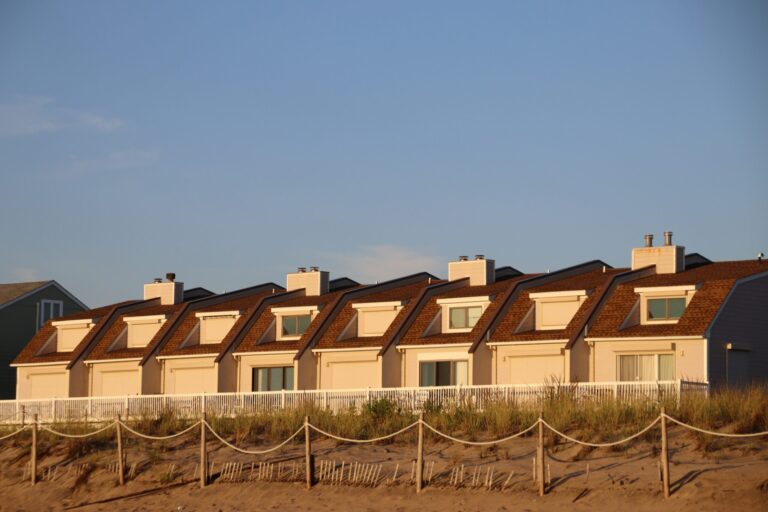On August 15, 2023, the National Multifamily Housing Council (NMHC) reported a significant surge in demand for multi-family properties, as investors continue to seek stable income streams amid ongoing economic uncertainty. Key players in this trend include real estate investors, property managers, renters, and developers, all of whom are fueling the growth in the multi-family housing market. As rental demand increases and economic conditions remain unpredictable, multi-family properties have become an increasingly attractive option for those seeking long-term financial stability.
A defining moment in this trend has been the growing number of institutional investors purchasing multi-family properties, especially in suburban areas where rental demand remains strong. These properties are seen as reliable assets, offering a consistent stream of rental income even in uncertain economic times. With home prices continuing to rise, many individuals are being priced out of homeownership and are turning to rental units as a more affordable alternative. As a result, multi-family housing has become a crucial solution to the housing affordability crisis in both urban and suburban markets.
The appeal of multi-family properties lies in their ability to generate stable, predictable cash flow, which makes them an attractive investment for individuals and institutional investors alike. Investors are increasingly viewing rental properties as a safer bet compared to more volatile investment options, especially as the demand for rental housing remains high. This trend is particularly notable in suburban markets, where the demand for affordable rental units is strong, and where many renters are seeking homes that offer both affordability and proximity to urban centers.
The lasting effect of this trend is expected to be continued growth in the multi-family housing sector. As the demand for rental units remains strong, developers will likely focus on increasing the supply of multi-family properties, particularly in suburban areas where affordability continues to be a major concern. This could lead to an increase in the construction of new rental communities, with developers incorporating amenities and features that cater to the needs of modern renters, such as flexible leasing options, energy-efficient designs, and community spaces that promote social interaction.
As institutional investors continue to view multi-family properties as a stable income source, the demand for these assets is expected to remain robust in the coming years. This trend is likely to solidify the multi-family housing sector as a cornerstone of the residential real estate market. The increasing focus on rental properties as long-term investments could also lead to shifts in the broader real estate market, with more attention being given to multi-family developments as a key solution to housing shortages and affordability challenges.
In conclusion, the surge in multi-family housing demand reflects broader trends in both the real estate and investment markets. As home prices remain high and economic uncertainty persists, multi-family properties have become an attractive option for investors seeking stability and long-term returns. Developers are expected to continue focusing on rental properties, particularly in suburban markets, to meet growing demand. This trend underscores the critical role of multi-family housing in addressing housing affordability and providing stable living options for renters in an ever-changing economic landscape.
